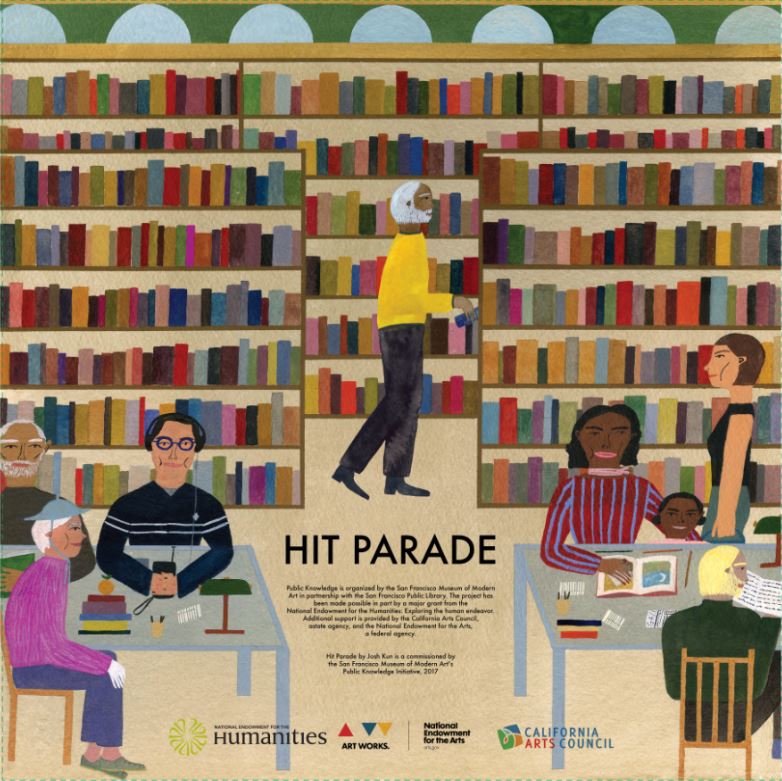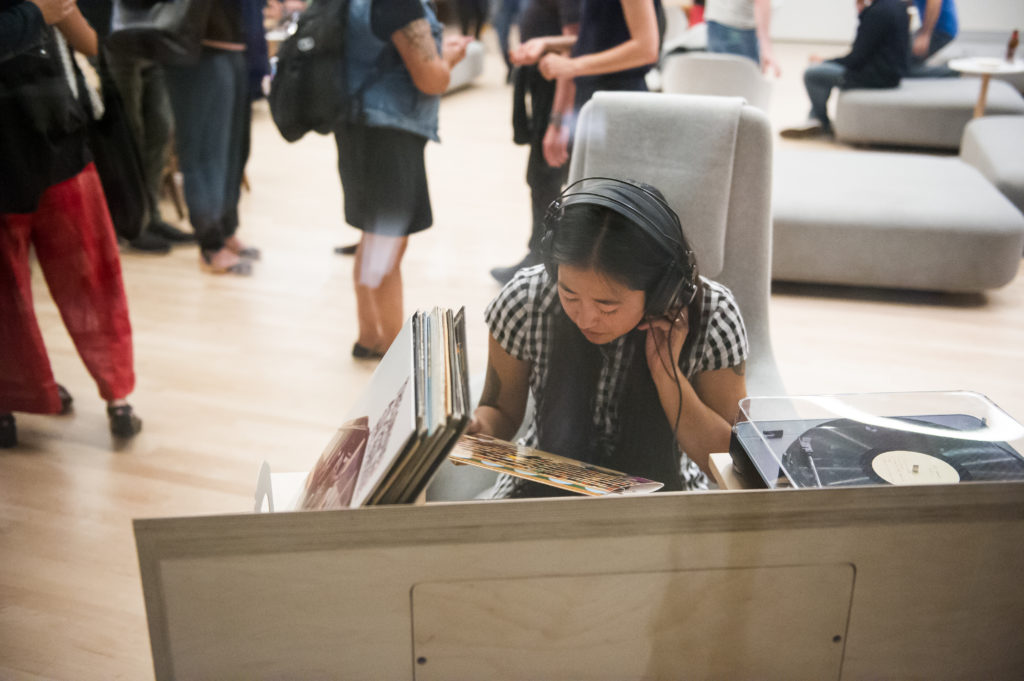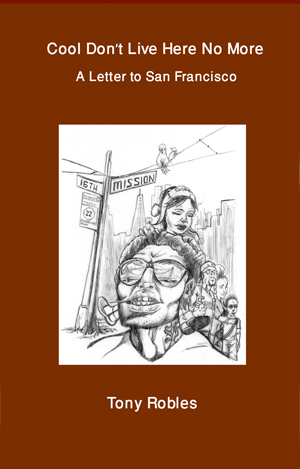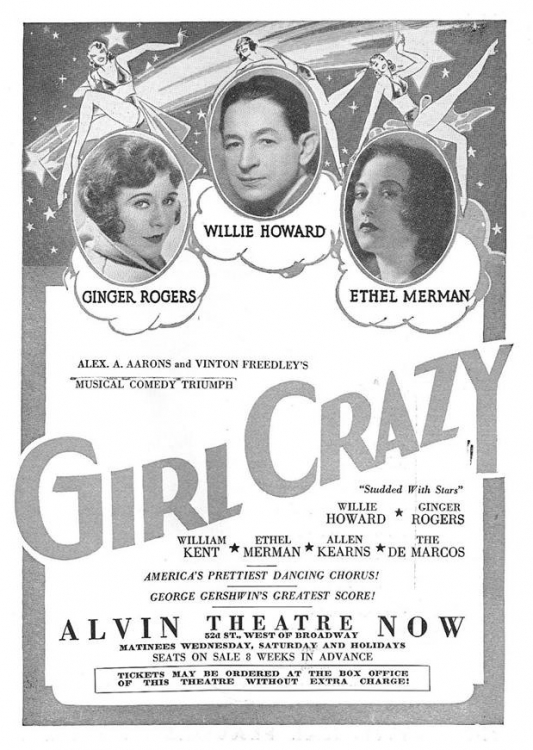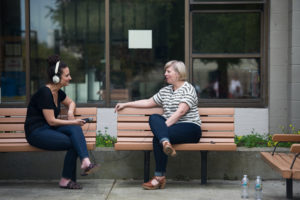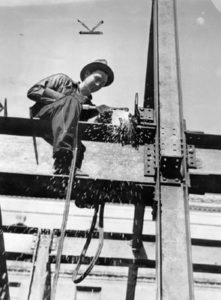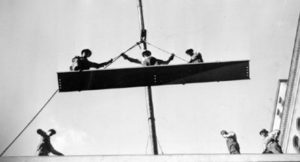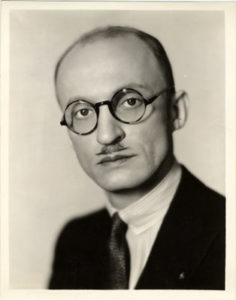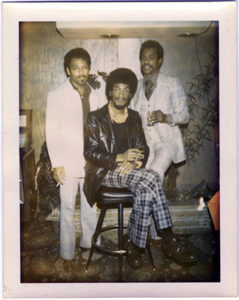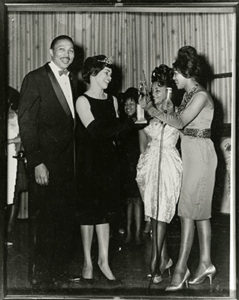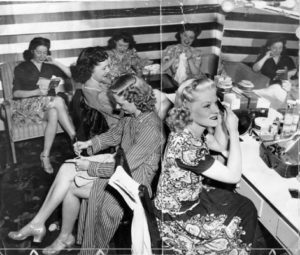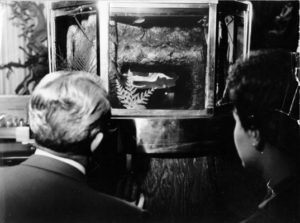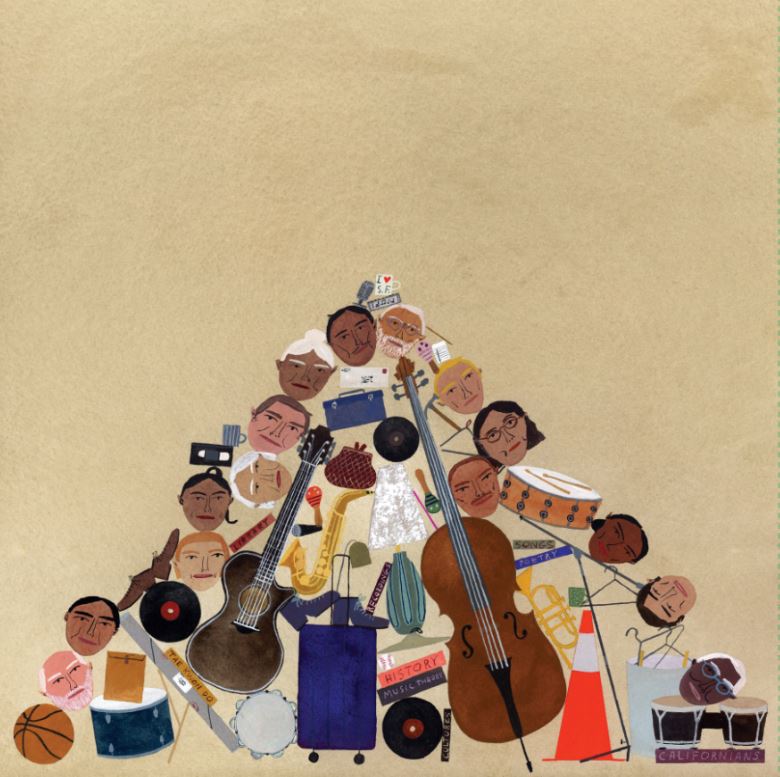
In the SFPL music library, portions of the sheet music collection are cataloged with call numbers that begin with “HP,” or “Hit Parade,” a term that dates back to the 1930s when the record industry began assembling ranked lists of the most popular, most played, most commercially successful songs of the day. A radio program based on these songs, Your Hit Parade, began aring 1935 and its TV spin off, sponsored by Lucky Strike Cigarettes, aired throughout the 1950s. This project approaches Hit Parade differently: as a metaphor for social inequality and an invitation to re-think the hierarchies of visibility and audibility in contemporary San Francisco. Who gets the hit? Who gets hit?
Album credits: All original records made by Josh Kun, Inna Arzumanova and Tamara Porras, with additional recording assistance from Jenn Kang, Natalie Hara, Sophie Schwarz, and Jessica Lie. Recordings were made during a series of musical storytelling days held at the Mission, Bayview and Western Addition branch libraries, all supervised and organized by Stella Lochman.
Featured interviews: “Gold Rushing” (Mohammed Soriano Bilal); ” I Woke Up Fifty Years Ago” (Claude Carpenter, Alonzo Menelik, Larry Williams.); “Gone” (Bobbie “Spider” Webb); “There Are Still People Here” (Ahkeel Mestayer, Daniel Riera); “It Was My Dream Apartment” (Teresa Moore); “Father and Farther Out” (John Santos); “That Fillmo Sound” (Mohammed Soriano Bilal); “Way Down in the Mines” (Luis Gutierrez, Ramon Garcia, Cesar Ascarrunz)
Inspiration: J. Period’s mixtapes, Gray Brechin’s Imperial San Francisco, the militant sound investigations of Ultra-Red, Rebecca Solnit’s Hollow City and “Death by Gentrification,” Checkpoint 303’s The Iqrit Files, Tom Stoddard’s Jazz on the Barbary Coast, Leta E. Miller’s Music and Politics in San Francisco, Kathy Stone and Sascha Feinstein’s Keystone Korner, the music and writing of Vijay Iyer, James Brook and Chris Carlsson’s Reclaiming San Francisco, Arthur Dong’s Forbidden City, Erik Lyle’s On the Lower Frequencies, and Jeff Chang’s We Gon’ Be Alright.
Gratitude: Stella Lochman, Deena Chalabi, and Dominic Willsdon of SFMOMA, Inna Arzumanova of USF, Chris Veltri of Groove Merchant, Jason Gibbs and Naima Dean of SFPL, Perry B. Johnson of USC Annenberg, Todd Cochran, Fre Goodyear, Oliver Wang, David Katznelson, Jeff Chang, Gerald Johnson, and Valerie Voorhies.
